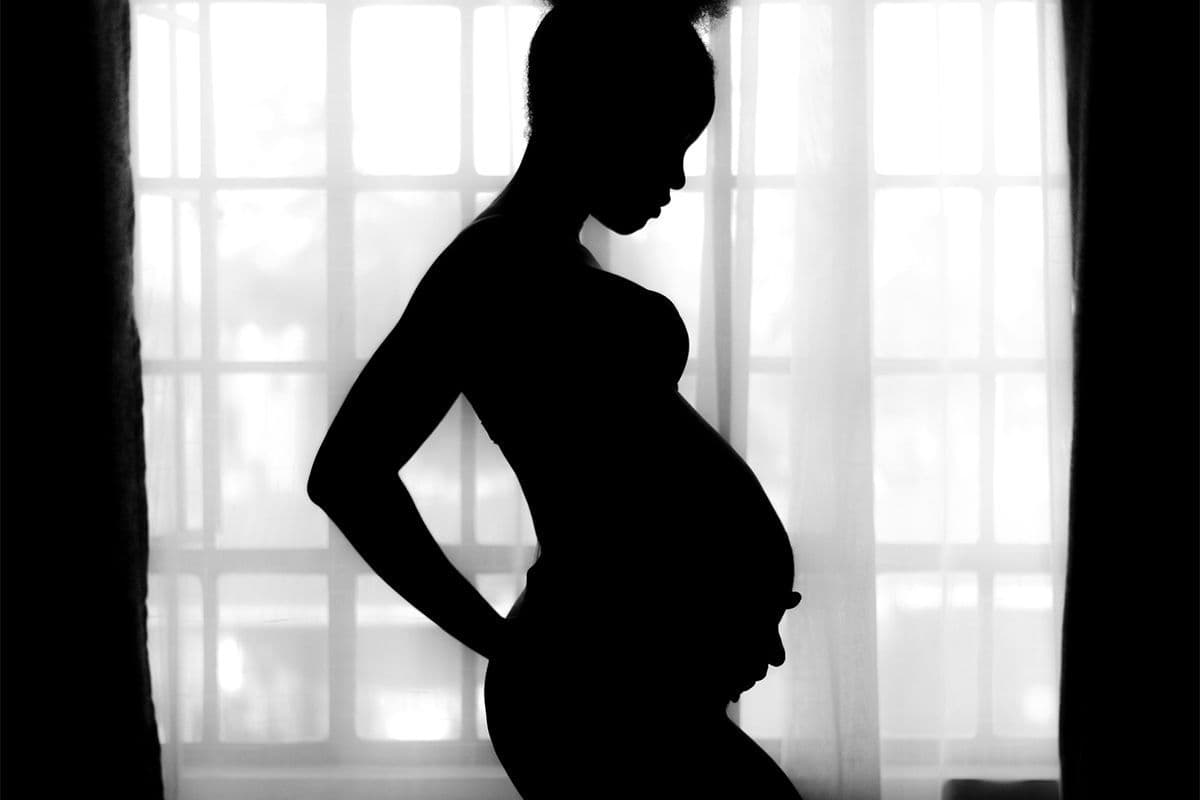Scombroid Fish Poisoning and Pregnancy
Pregnancy
Obie Editorial Team

What is scombroid (fish) poisoning?
Scombroid food poisoning is a foodborne illness that results from eating spoiled fish. In scombroid poisoning, bacteria have grown during improper storage of the dark meat of the fish and the bacteria produce scombroid toxin. The scombroid toxin, or poison, is probably a combination of histamine and histamine-like chemicals. The toxin or poison does not affect everyone who ingests it.
Fish known to be involved in scombroid poisoning include:
- albacore
- amberjack
- anchovy
- Australian salmon
- bluefish
- bonito
- kahawai
- herring
- mackerel
- mahi-mahi
- needlefish
- saury
- sardine
- skipjack
- wahoo
- yellowfin tuna
Along with ciguatera, it is listed as a common type of seafood poisoning. The toxin believed to be responsible is histamine, formed as the flesh of the fish begins to decay. As histamine is also the natural agent involved in allergic reactions, scombroid food poisoning often gets misidentified as a food allergy.
The syndrome is named after the Scombridae family of fish, which includes mackerels, tunas, and bonitos because early descriptions of the illness noted an association with those species; however, the Centers for Disease Control and Prevention (CDC) have identified other, non-scombroid vectors, such as mahi-mahi and amberjack. Scombroid syndrome can result from inappropriate handling of fish during storage or processing. Cooking the food does not prevent illness, because histamine is not destroyed at normal cooking temperatures.
Unlike many types of food poisoning, scombroid form is not brought about by the ingestion of a pathogen. Histidine is an amino acid that exists naturally in many types of food (including fish) and at temperatures above 16 °C/60 °F, it is converted to the biogenic amine histamine via the enzyme histidine decarboxylase produced by symbiotic bacteria such as Morganella morganii (this is one reason why fish should be stored in the freezer). Histamine is not destroyed by normal cooking temperatures, so even properly cooked fish can still result in poisoning. Histamine is the main natural chemical responsible for true allergic reactions, so the symptoms produced are almost identical to a food allergy.
Scombroid or fish poisoning in pregnancy
As of 2019, there was no published report on fish poisoning and pregnancy in the literature.
Symptoms of scombroid poisoning
Symptoms typically occur within 10–30 minutes of ingesting the fish and generally are self-limited. People with asthma are more vulnerable to respiratory problems such as wheezing or bronchospasms. However, symptoms may show over two hours after consumption of a spoiled dish. They usually last for about 10 to 14 hours and rarely exceed one to two days.
Initial
The first signs of poisoning suggest an allergic reaction with the following symptoms:
- facial flushing/sweating
- burning-peppery taste sensations in the mouth and throat
- dizziness
- nausea
- headache
- tachycardia
- cold-like symptoms
The above symptoms can advance to:
- facial rash (intense itching may accompany the rash.)
- torso or body rash: The rash associated with scombroid poisoning is a form of urticaria, but most commonly does not include wheals (patchy areas of skin-swelling also known as hives) that may be seen in true allergies.
- edema (this is generalized if it occurs at all)
- short-term diarrhea
- abdominal cramps
Severe Symptoms:
In the worst cases, the poisoning may cause:
- blurred vision
- respiratory distress
- swelling of the tongue
Read the literature on Scombroid food poisoning
MedlinePlus: Fish and Shellfish Poisoning









